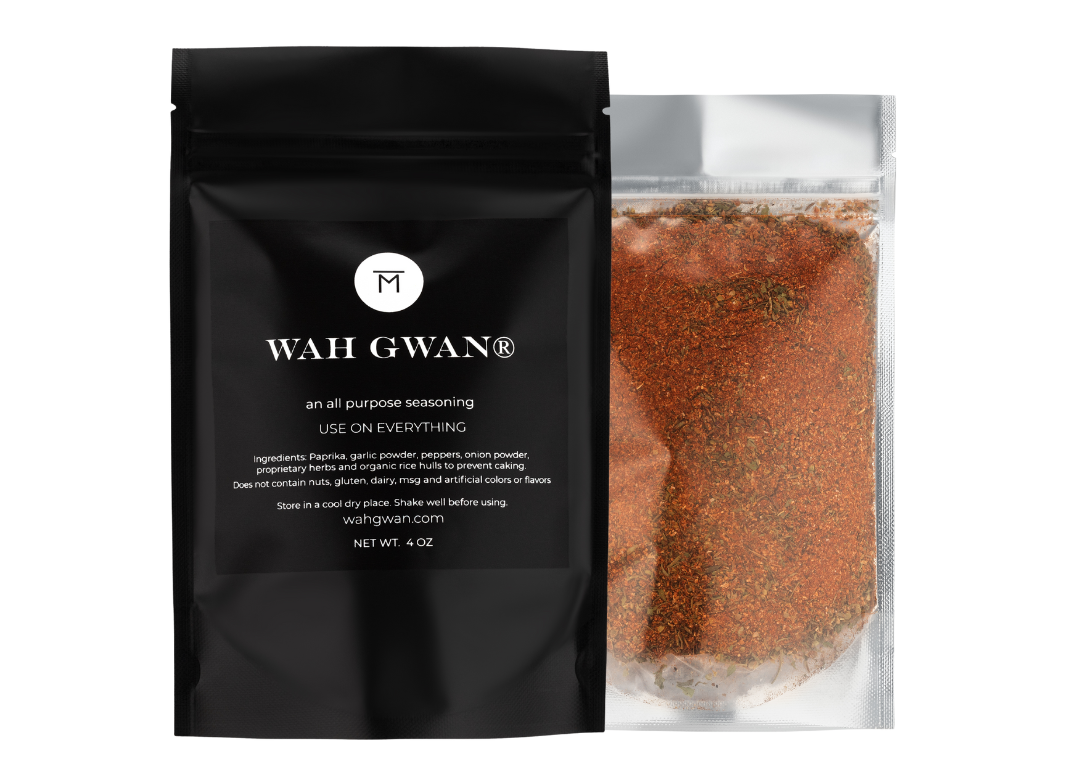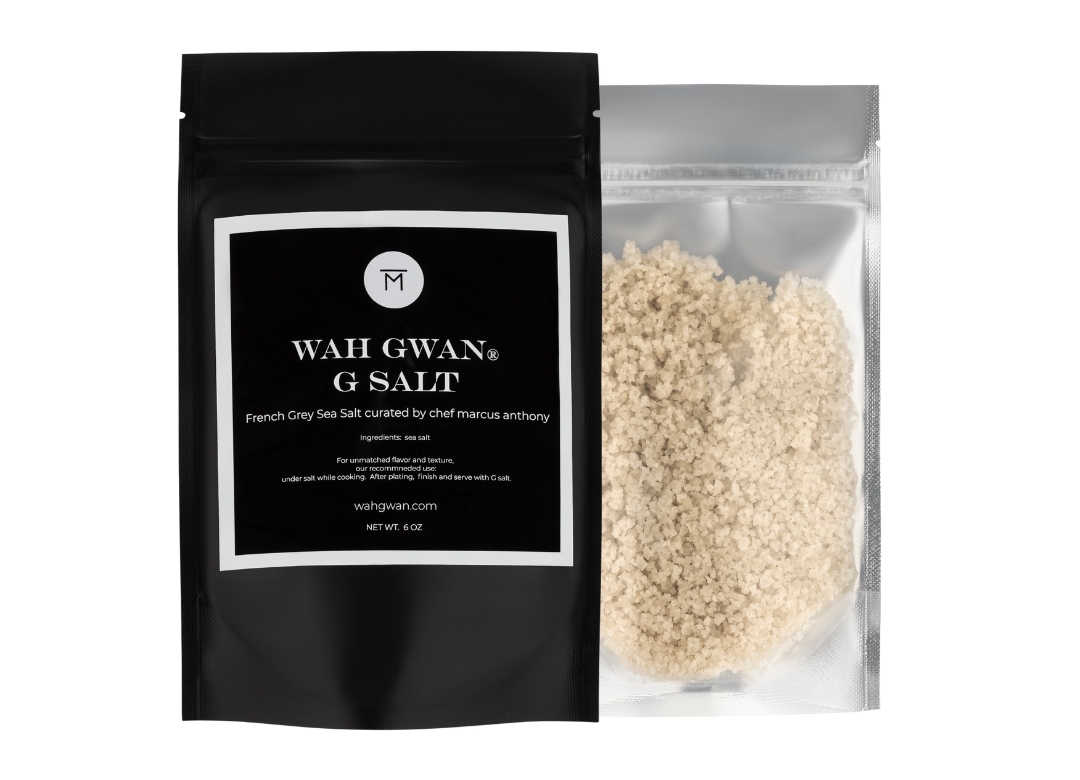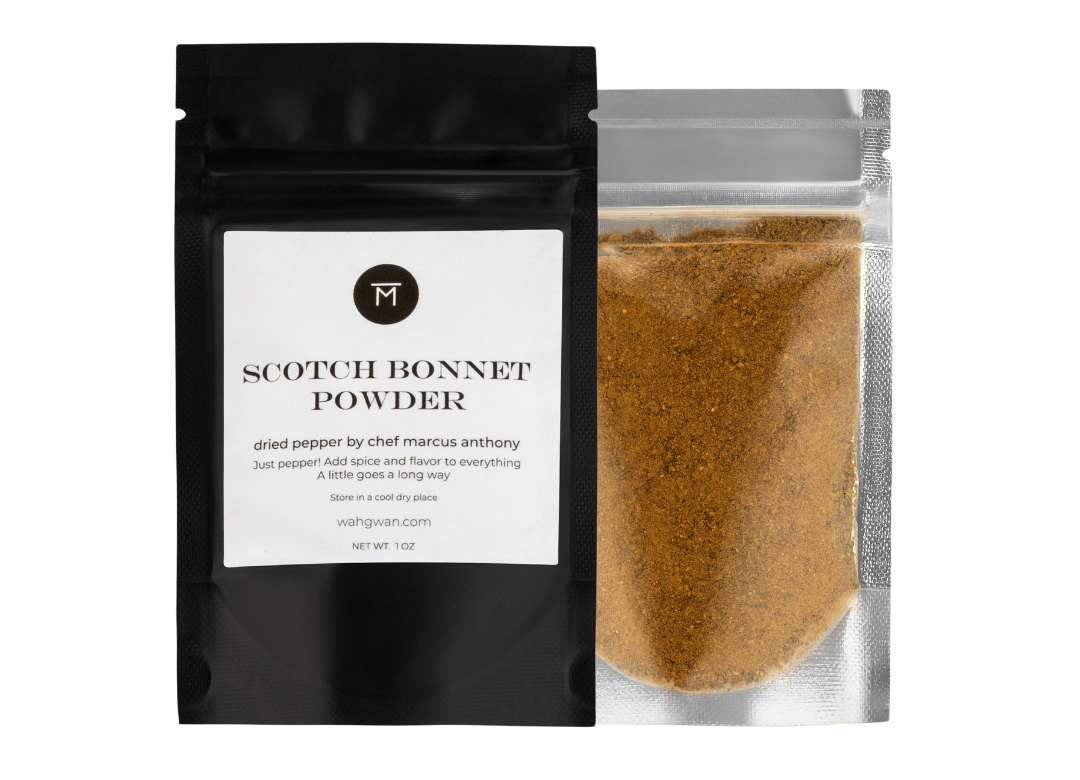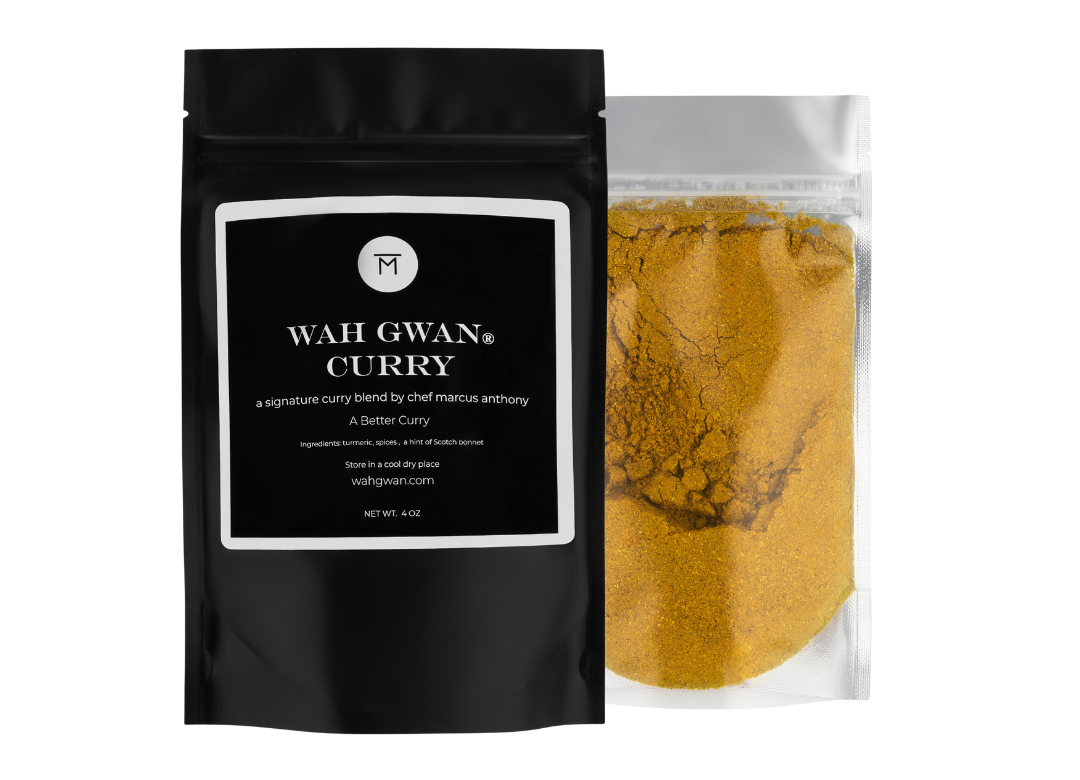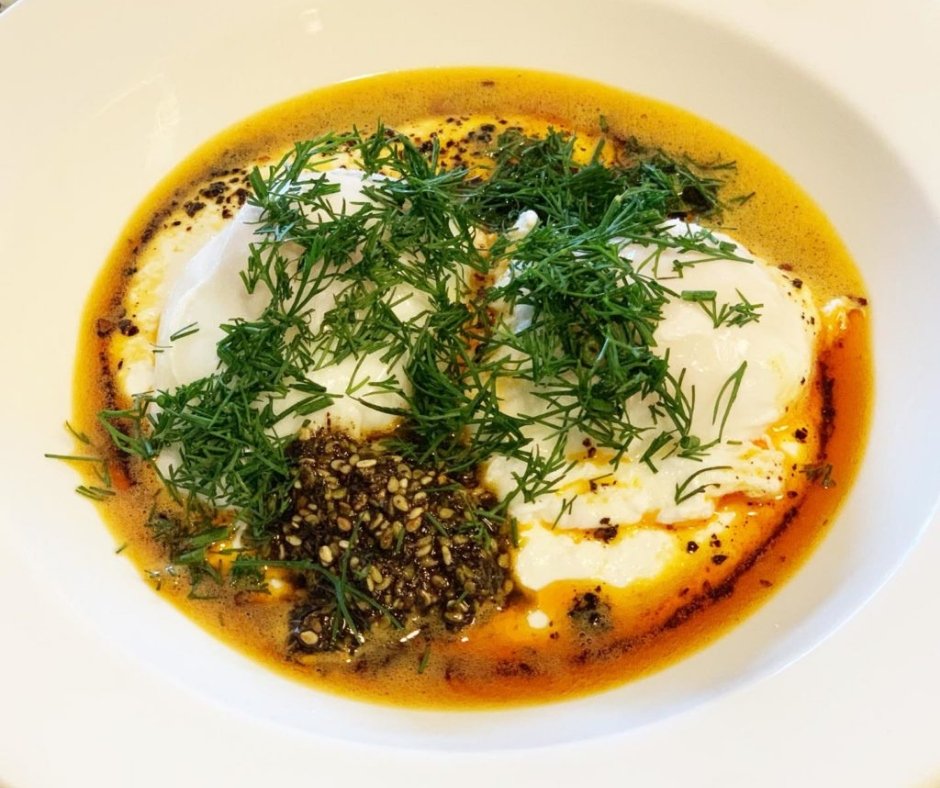For·age:
A wide search over an area in order to obtain something, especially food or provisions.
With Species of mushrooms being in the tens of thousands, in some shape or form, mushrooms are everywhere we look. Now personally, I am not a huge fan of raw mushrooms, but fried, roasted, sautéed, broiled or boiled and I’m in love and the same is true for my close friends who love to experiment with me.
One of my close friends found a mushroom foraging course and we decided to figure out what’s in our own backyard and learn as much as we can about identifying mushrooms.
So on a beautiful summer Saturday, we hit the forest on the east coast with our guide.

I have noticed there is a natural pecking order of covetousness of certain mushrooms and we can start at the bottom with the very common white button mushroom, followed by the baby bella, crimini and portobello (all the same mushroom at different stages). Shiitake, oyster, enokie, shimeji, chanterelles, porcinis and morels round out the list.
In my experience, almost all of the grocery stores I’ve been too, will have some if not all of the first 7 or 8 varieties of mushrooms named above. The last 3 or 4 will be a little harder to find but not impossible to get if you know where and when to look. A few factors that effect the stock in the grocery store are; Can the mushroom be sourced worldwide and year around which will mean they can be ordered and delivered to your grocers produce section consistently. Can the mushroom be cultivated easily like shitake or oyster mushrooms and do the mushrooms have to be harvested from the wild and and carefully transported to a store near you like morels and porcinis.

So back to our excursion into the woods, as we ventured into the lush green forest no soon then 50 yards in we came across a beautiful patch of chanterelles. This was mid July so I learned it’s no surprise to find them because that is when they are in peak season. There was so much wonderment and joy flowing throughout the air as if we came across a field of gold coins. We all began whispering and wondering how many we can pick and what we dish we would make with our freshly picked treasure. This is where having a guide and doing your research as well as having a guide book with you helps to understand the characteristics of edible and non edible mushrooms. I also learned about impostor mushrooms that look like your tasty chanterall however with a few key differences are not edible.

As we continued our day we learned and came across many other varieties and left with some knowledge of how to approach foraging and a new appreciation for where our food comes from.
Mushrooms not only are delicious, beautiful to look at and fun to forage for, they are also highly medicinal. All mushrooms carry medicinal qualities even the ones listed above. They almost are their own complete pharmacy, treating conditions like, cancer, diabetes, alzheimers, hormone imbalance and the list goes on.
We also can’t talk about mushrooms without mentioning the “Magic” kind. These psychotropic mushrooms have been labeled in the recreational drug category for years and not given much respect until recently. Microdosing has been found to be a profound healer of mental illness and mood stabilization with no side effects. Done correctly, these mushrooms are helping thousands of people get relief from bi-polar, depression and anxiety after years of suffering and medication exploration. It’s important to get the story straight that microdosing is just that, a micro amount of mushroom taken over an extended period of time where you receive the medicinal benefits without “Tripping”. I am no expert on this topic, just a huge proponent of always keeping an open mind and don’t believe the hype we have been taught.
I will leave you with some of my favorite mushrooms that I take daily for medicinal purposes. My preference is a quality, organic, sourced mushroom which I solely purchase from OM Mushrooms.
Maitake: Naturally balances blood sugar and insulin levels and supports healthy weight control.
Lion’s Mane: Supports cognitive health, promotes a healthy nervous system and helps with focus, creativity & mood.
Reishi: A powerful adaptogen which supports balance and helps manage stress. It offers strong immune and cardiovascular support.
Chaga: Will keep you young forever with its anti-aging and antioxidant properties. It is a natural adaptogen which balances the metabolic system.
Cordyceps: Improve oxygen consumption and delivery to increase energy. Cardiac function and respiratory health are also supported.
Turkey Tail: Enhances the immune system with powerful immunity activators that some have said directly supported the shrinking of tumors.

